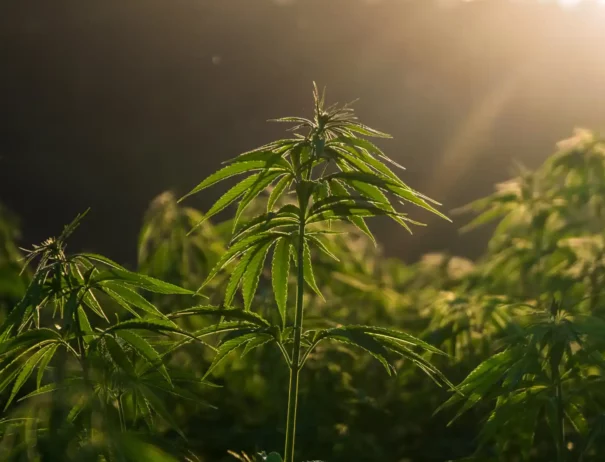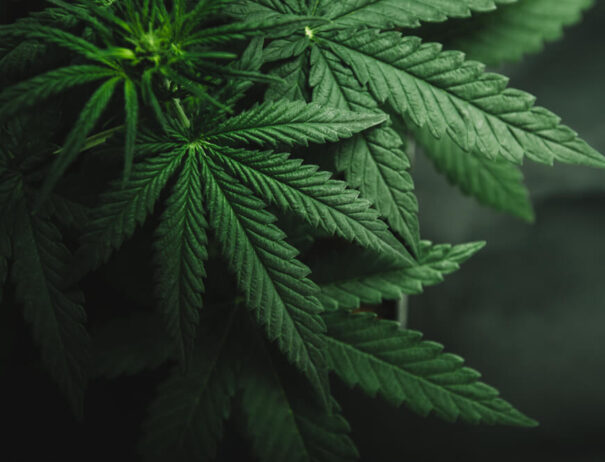Senior Marijuana Use Doubles in Three Years, AARP Study Finds
Indeed, you have heard the “Boomer” jokes about uptight, stuffy adults ruining it for young people. However, maybe Boomers aren’t so different from the younger generations. A new study backed by the AARP shows that nearly one in five older adults uses cannabis. Numbers of older adults using cannabis have almost doubled in only three years.
Maybe it shouldn’t come as a surprise that those coming of age in the 60s and 70s would be open to marijuana use as older adults. However, stereotypes are challenging to dispel, and marijuana use has always been associated with young people and counter-culture movements. That the older generation is embracing cannabis consumption for medical and recreational purposes is not only fascinating, but it could be vital to moving the needle when it comes to marijuana reform in the United States.
Why is adult marijuana and psychedelic use at historic highs, and how can the industry protect the health and safety of this new wave of cannabis enthusiasts?
AARP Says Marijuana Use by Older Adults on the Rise
The AARP is an organization that empowers adults 50 and over to live their best lives. They provide research and insight into financial, health, and wellness topics for older adults and seniors. New research backed by the organization shows that one in five or nearly 21 percent of older adults in the U.S. use some form of cannabis. That’s right, a significant portion of older adults who raised children during the “Just Say No to Drugs” era are now consuming cannabis.
The numbers are crucial because they represent significant growth in the older adult cannabis market. In 2021, only one in eight older adults consumed cannabis at least once a year. In 2016, only three percent of adults 65 and older used cannabis products. Marijuana use by older Americans has nearly doubled in the last three years.
Erin E. Bonar, a University of Michigan addiction psychologist who worked with the team on the recent report, thinks the rise in cannabis use among seniors shouldn’t come as a surprise. With 24 states and the District of Columbia legalizing adult-use cannabis, it should be no wonder that even older adults would want to see what all the buzz is about. The problem is that there is a significant lack of medical and scientific research about the safety and efficacy of cannabis in older adults. She notes, “So seeing the number creep up like that in the absence of really good scientific data to help guide people’s decisions with this, that’s a little bit concerning.”
Why are More Older Adults Turning to Cannabis?
Older adults are increasingly turning to marijuana to help them cope with the aches and pains that come with aging. They are also self-medicating for conditions like insomnia and chronic pain. The AARP-backed study finds that 68 percent of poll respondents used cannabis products to help them relax and sleep. Almost 63 percent of older adults said they consumed cannabis for pain relief, while 53 percent of people said it helped boost their mental health and mood.
The issue with using cannabis to self-medicate is that 44 percent of poll respondents who regularly use cannabis to address health issues did so without the knowledge of their healthcare provider. Cannabis does not mix well with other prescription medications. Many seniors and older adults rely on prescription drugs to manage health conditions. Combining these drugs with marijuana can cause significant and detrimental side effects.
Another concern for older people with health conditions is that marijuana can affect areas of the brain responsible for balance and coordination. The U.S. Centers for Disease Control and Prevention lists falls as the leading cause of death for adults 65 and over. Marijuana consumption can make it harder for an individual to catch themselves if they lose balance, increasing an older adult’s fall risk.
Some studies suggest cannabis may be an effective treatment option for specific medical conditions like epilepsy, chronic pain, insomnia, and depression. However, older adults need to weigh the benefits and risks and discuss cannabis consumption with their doctor to avoid unpleasant or harmful side effects and medication interactions. Unfortunately, most adults do not address cannabis consumption with their physician, either out of fear, stigma, judgment, or sheer forgetfulness.
Drugs Aren’t What They Use to Be
In addition to the lack of testing and research exploring the effects of cannabis on older adults, is the fact that drugs today are not what they used to be. Cannabis culture in the United States has undergone a radical shift in recent years. More states are legalizing adult-use cannabis, leading to a boom in the cannabis industry. New products, strains, and potencies are readily available and much different than the cannabis a teenager in the ’60s, ’70s, or ’80s could buy from a friend and high in their sock drawer.
Today’s cannabis strains are more potent thanks to legalization and advancements in the cultivation process. Not only are cannabis products stronger and have higher concentrations of THC and CBD, but there are also significantly more marijuana products on the market today compared to previous decades. The “kids” today don’t just roll joints. They consume edibles, purchase pre-rolls, and invest in vapes. An older adult unfamiliar with consuming edibles can quickly ingest more cannabis than they intend because they don’t understand the physiological effects of the product, including how edibles interact with the brain and body and how long they take to affect a person.
There are legitimate mental and physical health concerns that can affect older Americans who consume cannabis. Unfortunately, due to the challenges of studying cannabis, because the federal government categorizes it as a Schedule I illegal substance, there is not enough data and research to show how marijuana impacts the health and wellness of older adults.
If current trends are any indication, the popularity of marijuana among older adults is only going to grow, meaning transparent conversations between patients and doctors need to become the new normal.
Don’t Miss the Latest!
Keep up with the latest cannabis trends with help from Cannabutter Digest. We have all your need-to-know news, recipes, and product reviews.

Get Your Free eBook!
Download our FREE resource, The Ultimate Edibles Guidebook, full of recipes, infusion tips and everything you need to make your first batch of edibles today!



